How to make mayonnaise in less than 10 minutes! Using whole eggs instead of just the yolk, makes this homemade mayonnaise recipe practically fail-proof and extra easy.
Watch the Video
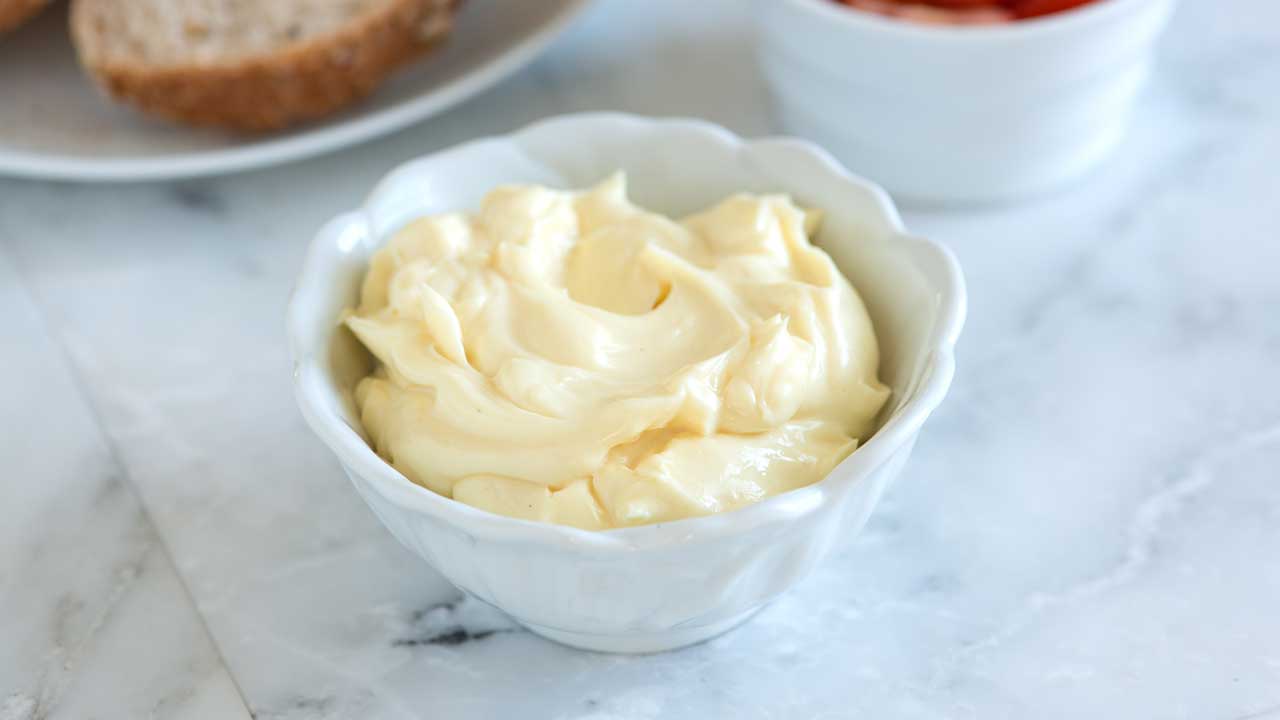
I’ve used this mayonnaise recipe more times than I can count. If you’ve never tried homemade mayonnaise, then you are in for a treat. Homemade mayo is ultra creamy and so much more flavorful than anything you can buy at the store. Here’s why I love this recipe so much:
- Our recipe uses whole eggs instead of just the yolks so you can skip separating the eggs.
- Simple list of ingredients that are very likely in your kitchen right now.
- Quick – the whole process takes less than 10 minutes.
Homemade mayo lasts about two weeks in the fridge, but in all honesty, once I have a batch in my fridge, it usually goes quicker than that. I love using it to make sandwiches like egg salad or chicken salad, and I find it makes creamy salads like potato salad and shrimp salad extra special.
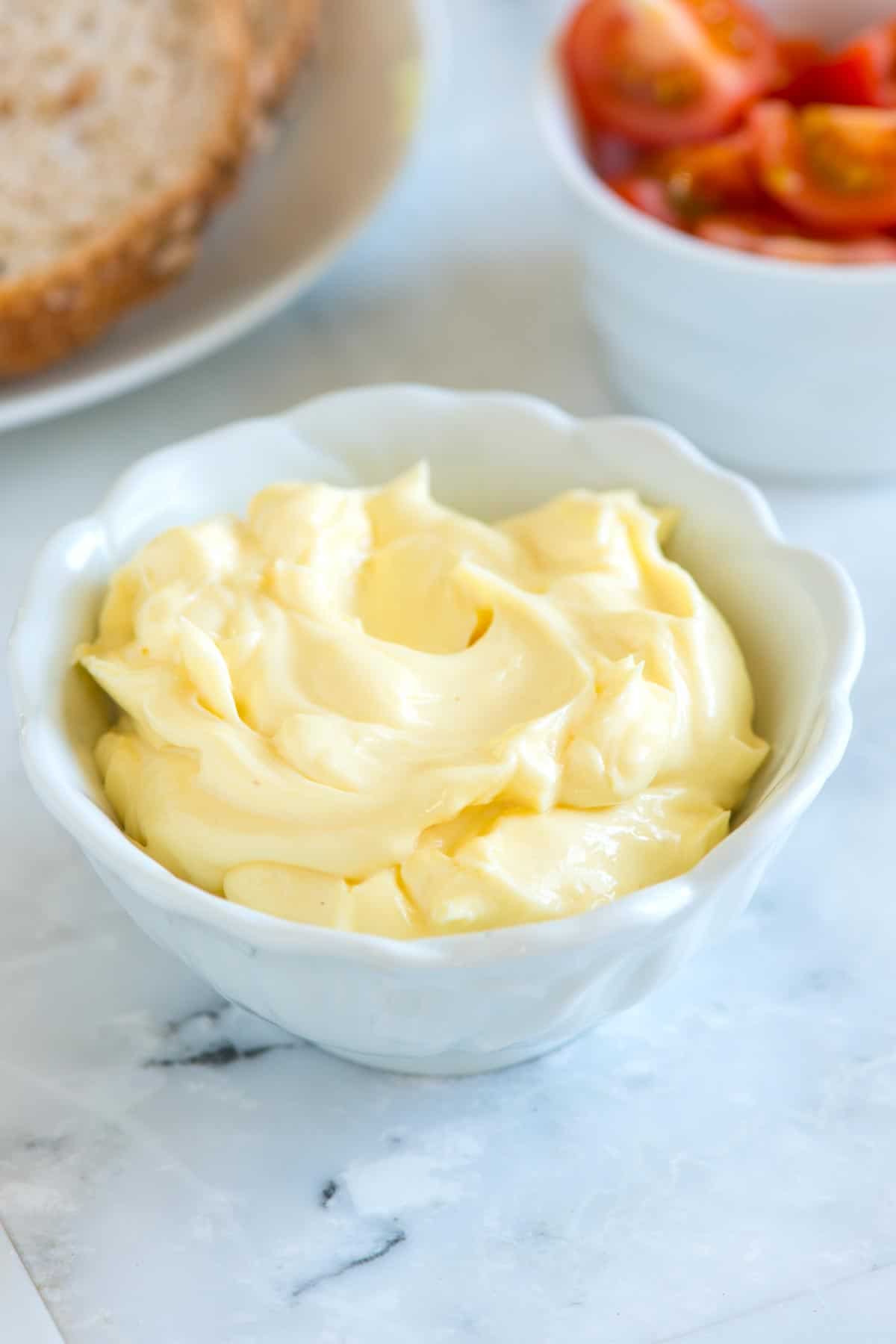
Key Mayonnaise Ingredients
The ingredients to make mayo are simple — we bet you even have them in your kitchen right now. You will need the following:
- Egg — You need to use egg to make mayonnaise. We do use raw egg in the recipe. For mayonnaise made without egg, see our vegan mayonnaise recipe. Personally, I don’t have an issue adding raw egg to the recipe, but if you are concerned about eating raw eggs, buy pasteurized eggs. They are sold in the egg section of the grocery store. You can also pasteurize eggs yourself, just search for a tutorial online.
- Mustard — I know that not everyone loves the flavor of mustard, but when it comes to making homemade mayonnaise mustard is sort of a magical ingredient. Mustard adds a bit of flavor, but it also helps to keep the mayonnaise stable. Along with the egg yolk, mustard helps emulsify the mixture, reducing the risk of our mayo breaking.
- Vinegar or lemon juice — Not only does a little acid like wine vinegar, champagne vinegar, and lemon juice add incredible flavor to the mayonnaise, it also helps to stabilize the mixture.
- Neutral Flavored Oil — By neutral flavored oil, I mean use an oil that is light in flavor. Quite a bit of oil is added to make mayonnaise, so it’s important to like the flavor of the oil you use. For a clean tasting mayonnaise use something like grape seed, safflower, avocado or canola oil. Since posting the recipe, quite a few readers have asked about olive oil in mayonnaise. You can use olive oil, but it can be a little overpowering so I prefer to use a brand that’s light and fruity. I think robust or spicy olive oils would be too much. You might also consider only replacing half of the oil called for in the recipe with olive oil and use something more neutral for the rest.
⭐️ Room temperature ingredients are best when making mayonnaise. If you’re not able to wait for the egg to come to room temperature, submerge it in lukewarm (not hot) water for a couple of minutes.
How to Make Mayonnaise, You’ve Got This!
There are a few ways to make mayonnaise. For the best results, we use our food processor with the small bowl attachment, but an immersion blender or making it completely by hand will work. (Expect tired arms and strong biceps if you do choose to do it by hand.)
- Prepare your food processor. I prefer to use the small bowl attachment that came with our food processor to make mayonnaise.
- Add an egg to the bowl of your food processor and process for about 20 seconds.
- Add mustard, vinegar, and salt then process for another 20 seconds.
- Slowly add the oil, in tiny drops, until about a quarter of the oil has been added. Adding the oil slowly is really important. If you were to dump it all in at once, you’d have mayonnaise soup!
- Taste the mayonnaise and adjust with additional salt and vinegar or lemon juice.
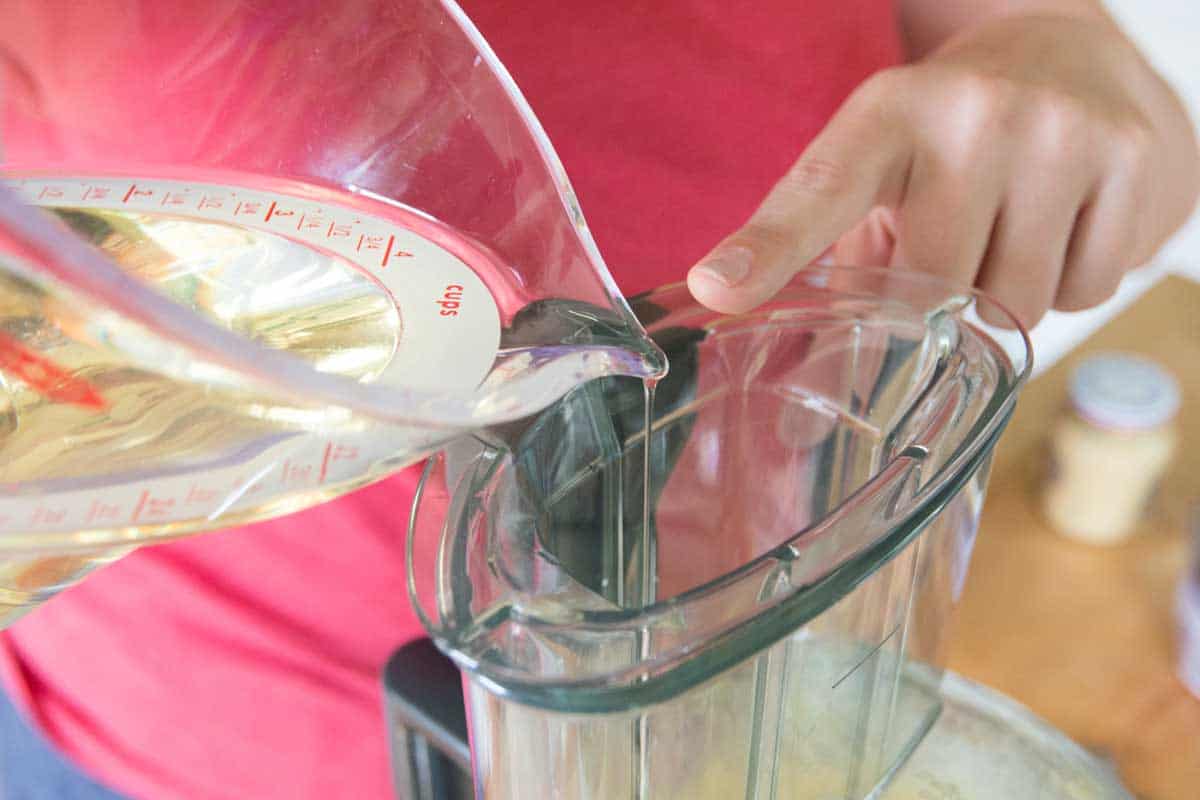
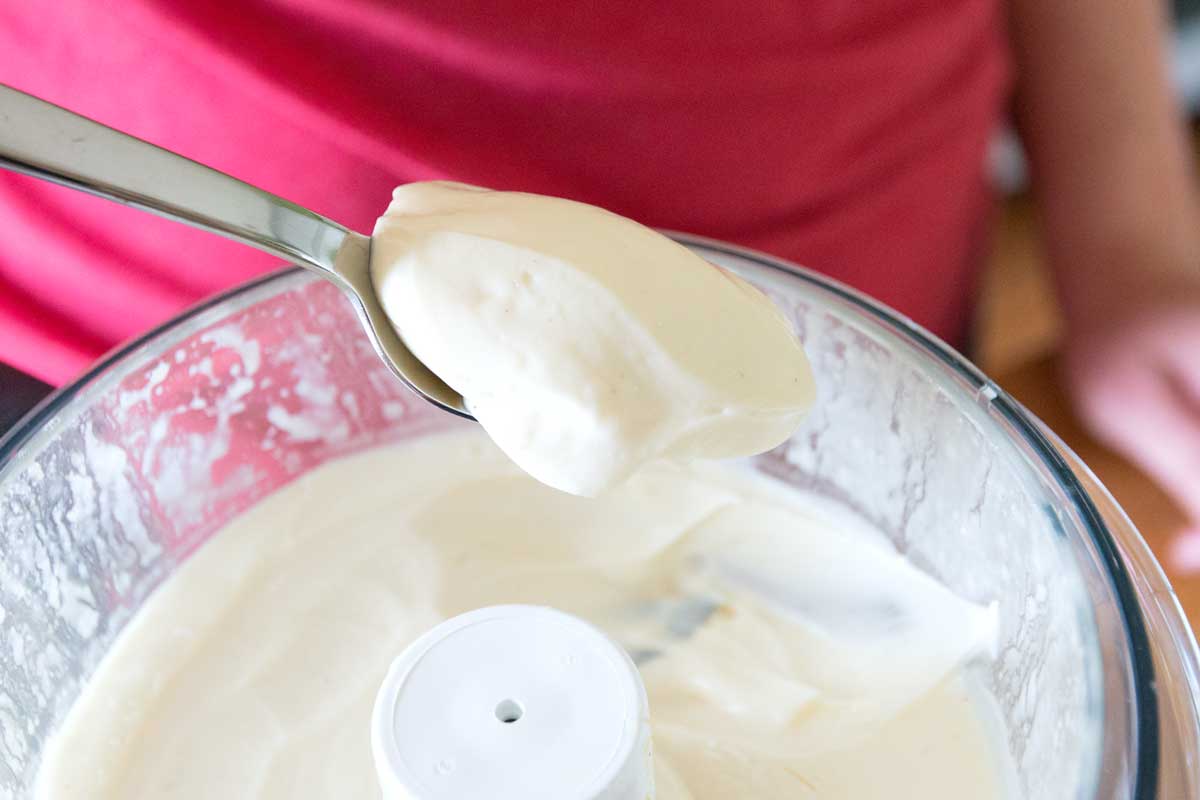
For the best mayonnaise, add the oil slowly very slowly. When the mayonnaise is done, it will be thick and creamy (as shown in the photos).
Mayonnaise Variations
I love this classic mayonnaise as-is, but love it even more when I make it my own. I almost always add a squeeze of lemon juice to brighten things up a little. I love how fresh it makes it taste.
Fresh herbs, roasted garlic, chipotle, Sriracha or curry powder are all amazing options, as well. You might also enjoy our garlic aioli recipe, which is very similar to this recipe, but uses egg yolks instead of whole eggs.
How to Fix Broken Mayonnaise
When making mayonnaise, the worst, but not unfixable, thing that can happen to you is that the mixture breaks, leaving you with a curdled mess.
The recipe we’ve shared tries to prevent this a few ways: we use a whole egg, which adds a little more liquid to the mix, mustard acts as an emulsifier from the get-go and we are careful to stream our oil in slowly.
While we have never had this particular recipe for mayonnaise break on us, if it happens to you don’t fret! You really should be able to fix it. Here are two suggestions for fixing broken or thin mayonnaise:
- Add an egg yolk to a large bowl and slowly use a whisk to beat the broken mayo, bit by bit, into the yolk. My preferred method!
- Add about 1 teaspoon of mustard to a bowl then use a whisk to slowly beat the broken mayonnaise, bit by bit, into the mustard until it becomes emulsified and creamy again.
Frequently Asked Questions
Do I have to use raw eggs to make mayonnaise? Eggs are essential for making mayonnaise. Risks of using raw eggs are low, but there is a chance that the egg contains a germ called Salmonella. Personally, I am not too concerned about this, but here’s what the CDC suggests you do to reduce the risks of using eggs:
- Consider buying and using pasteurized eggs
- Keep eggs refrigerated at 40°F (4°C) or colder at all times.
- Only buy eggs from stores and suppliers that keep them refrigerated.
- Discard cracked or dirty eggs.
Do I need to use mustard? You can make homemade mayonnaise without mustard, but remember that mustard is one of the fail-safes we have added to our recipe to encourage an emulsification.
Can I use olive oil to make mayo? Yes, but keep in mind that quite a bit of oil is called for in the recipe so a strong or robust flavored oil will make the mayonnaise strong in flavor. When I use olive oil, I like using a light, fruity brand and only replace half of the oil with olive oil and use a neutral flavored oil for the remaining oil.
My mayonnaise won’t thicken, what am I doing wrong? Ugh, I’m sorry! Broken mayonnaise happens to everyone and it doesn’t necessarily mean that you did something wrong or that the recipe you used was a bad one. The key thing to keep in mind when making mayo is to add that oil slowly, and by slowly, I honestly mean to add it drop by drop. Take a look above in the article where I outline a couple of fixes to broken mayo.
How long does homemade mayonnaise last? Here’s the thing, homemade mayo will last as long as your eggs would have lasted. A good rule of thumb is that mayo will keep covered in the fridge up two weeks, but you might find that it lasts a little longer depending on the freshness of your eggs.
Delicious Ways to Use Homemade Mayonnaise
- Homemade mayonnaise isn’t just for sandwiches! Use it to make one of these delicious salads: We love using this mayonnaise to make our Potato Salad, our Creamy Coleslaw, Macaroni Salad, or our Broccoli Salad.
- It’s absolutely perfect for making Simple Egg Salad, Tuna Salad, Smashed Chickpea Salad or Chicken Salad, all of which are perfect for make-ahead lunches.
- Adam loves using homemade mayo to make his Maryland-Style Crab Cakes and I love it when he does!
- You can also turn mayo into your own creamy salad dressings! Try this Homemade Blue Cheese Dressing, this simple Tartar Sauce or my favorite Ranch Dressing.
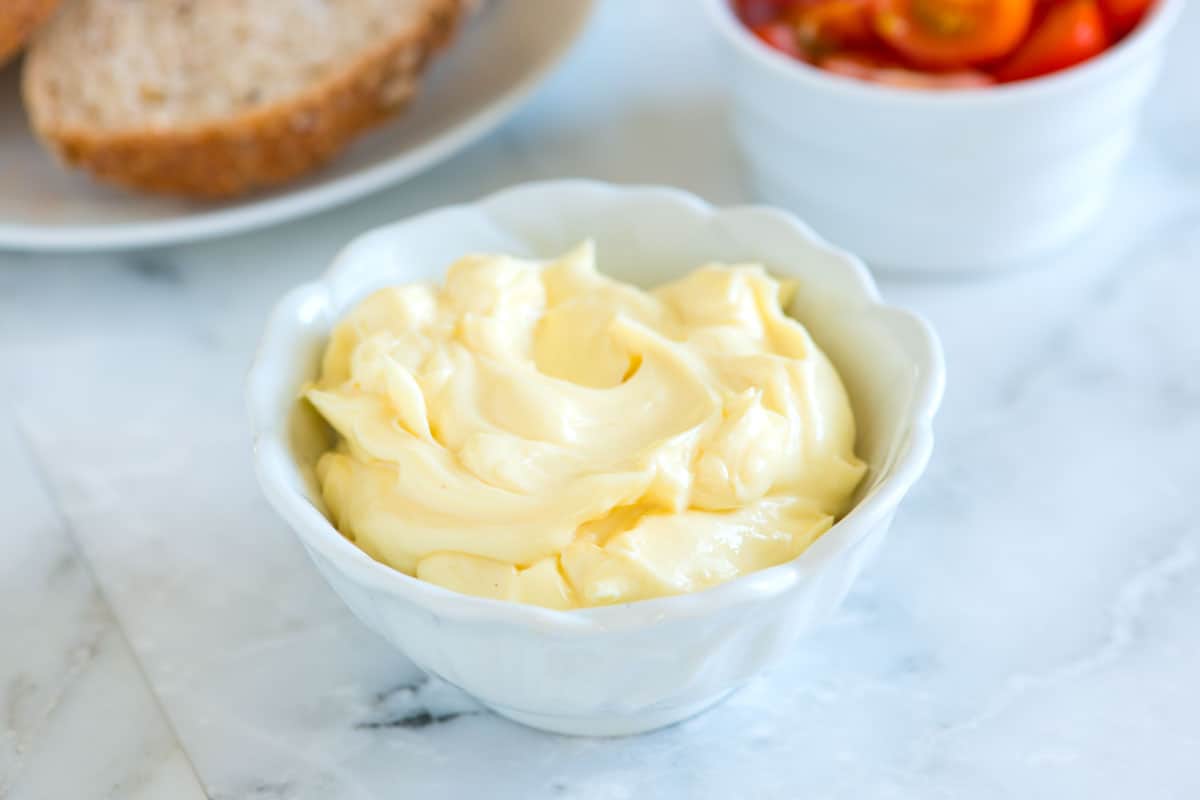
Fail-Proof Homemade Mayonnaise
- PREP
- TOTAL
Homemade mayonnaise is such a treat. It’s very simple to make, too. Room temperature ingredients are best when making mayonnaise at home. If you’re not able to wait for the egg to come to room temperature, submerge it in lukewarm (not hot) water for a couple of minutes. There are a few ways to make mayonnaise. We use our food processor with the small bowl attachment, but an immersion blender or making it completely by hand and large whisk will work. (Expect tired arms and strong biceps if you do choose to do it by hand).
All ingredients need to be at the same temperature. If you have cold eggs and no time to leave them out on the counter to come to room temperature, place the egg into a bowl of warm water. Set it aside for a few minutes before using in the recipe.
Watch Us Make the Recipe
You Will Need
1 large egg at room temperature
1 tablespoon Dijon mustard
1 tablespoon red or white wine vinegar
1/4 teaspoon kosher salt, or more to taste
1 cup (240ml) neutral flavored oil, grapeseed, safflower or canola are best
1 teaspoon fresh lemon juice, optional
Directions
- Prepare Equipment
1If you have a large food processor, use the smaller bowl attachment that came with your processor so that the bowl is not too large for the amount of mayonnaise this recipe makes. Not using the smaller bowl can prevent the mayonnaise from emulsifying since the mixture will not have enough contact with the blade.
2If you do not the smaller bowl attachment, making the mayonnaise with an immersion blender or by hand are alternatives. Or simply make a larger batch and double the recipe and use the standard bowl attachment. You might find success with a high-speed blender, but based on reviews and comments from readers, using a blender seems to be less fail-proof.
- Make Mayonnaise
1Add egg to the small bowl of a food processor and process for 20 seconds. Add the mustard, vinegar, and salt. Process for another 20 seconds.
2Scrape the sides and bottom of the bowl, turn the food processor on then begin to slowly add the oil in tiny drops until about a quarter of the oil has been added (this is critical for proper emulsification).
3When you notice that the mixture is beginning to thicken and emulsify, you can be a little less strict. With the processor on, continue to add it slowly, but increase to a very thin stream instead of drops of oil.
4When all of the oil has been added, scrape the bottom and sides of the bowl and process for an extra 10 seconds. Taste mayonnaise for seasoning then add salt, lemon juice or extra vinegar to taste.
5Note, if the mayo seems too thin, slowly stream in more oil with the processor running until thick.
Adam and Joanne's Tips
- Storing Homemade Mayonnaise: Store covered in the refrigerator up to 2 weeks.
- Raw eggs: When choosing eggs for homemade mayonnaise, go for fresh, properly refrigerated, clean grade A or AA eggs with intact shells.
- Olive oil: Olive oil can be a little overpowering so use one that’s light and fruity and consider only replacing half of the oil called for in the recipe with olive oil and use something more neutral for the rest.
- Fixing Broken Mayonnaise: While we have never had this recipe for mayonnaise break on us, if it happens to you don’t fret! You really should be able to fix it. Add about 1 teaspoon of mustard to a bowl then slowly beat the broken mayonnaise into the mustard until it becomes emulsified and creamy again (a tip from Julia Child). Another trick is to repeat the same process, but replace the teaspoon of mustard with an egg yolk.
- Nutrition facts: The nutrition facts provided below are estimates. We have used the USDA database to calculate approximate values. 1 serving equals 1 tablespoon.
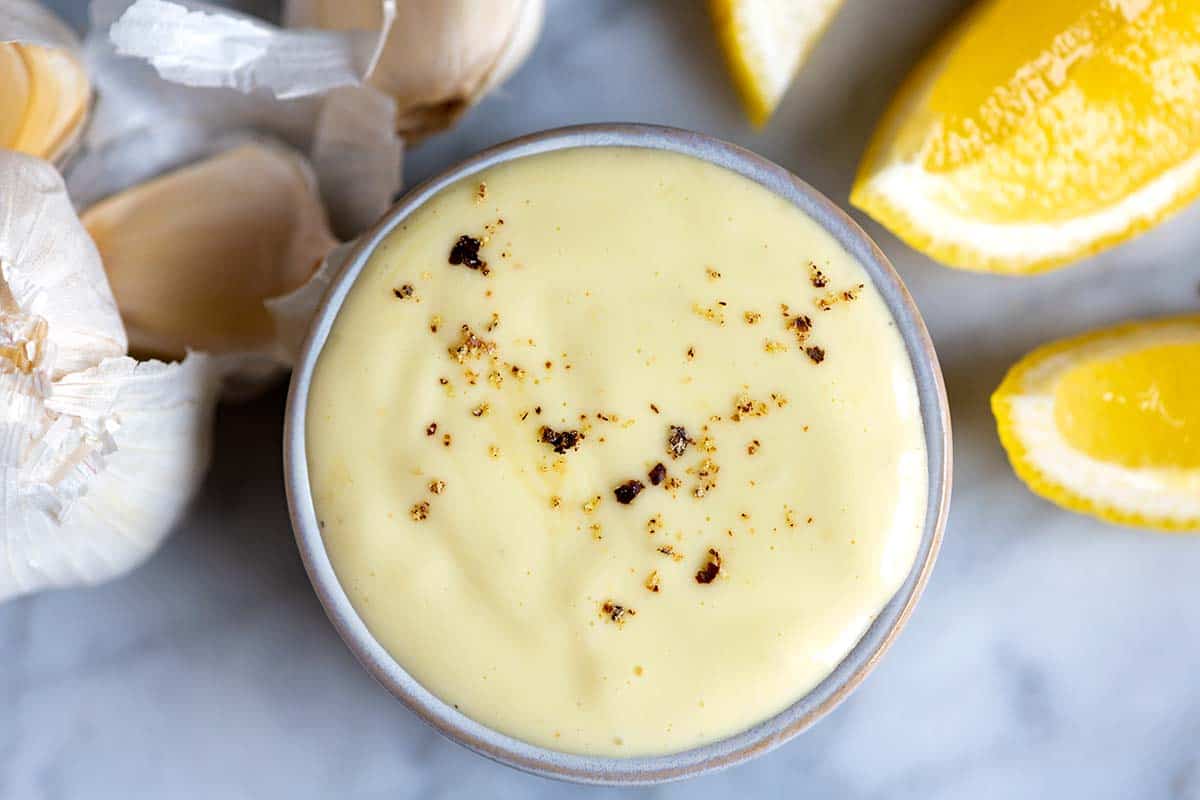
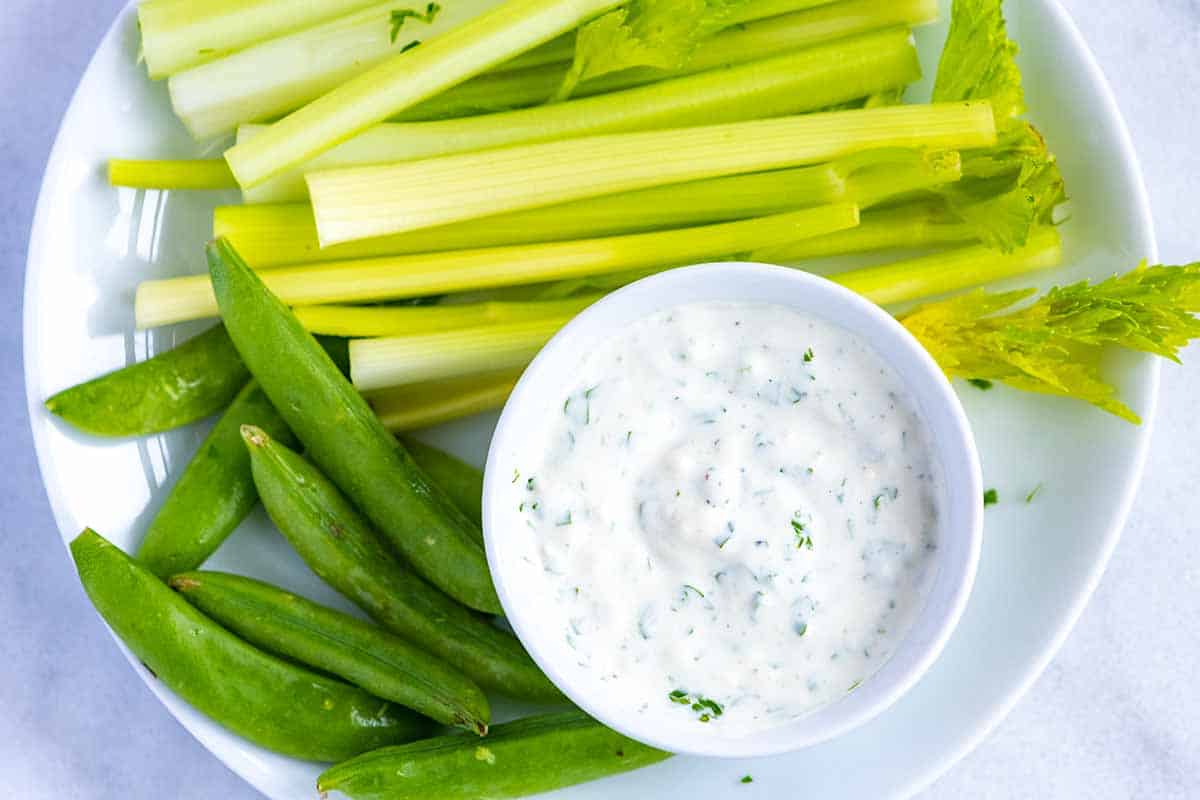
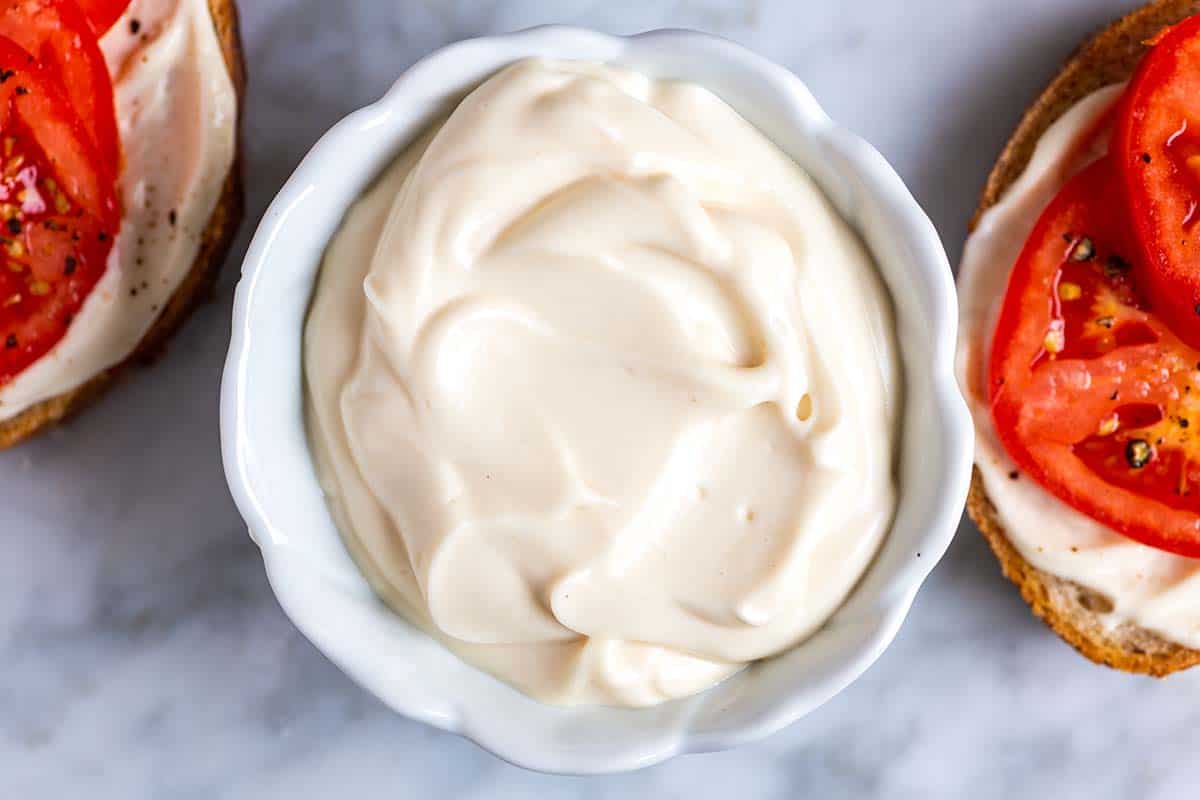
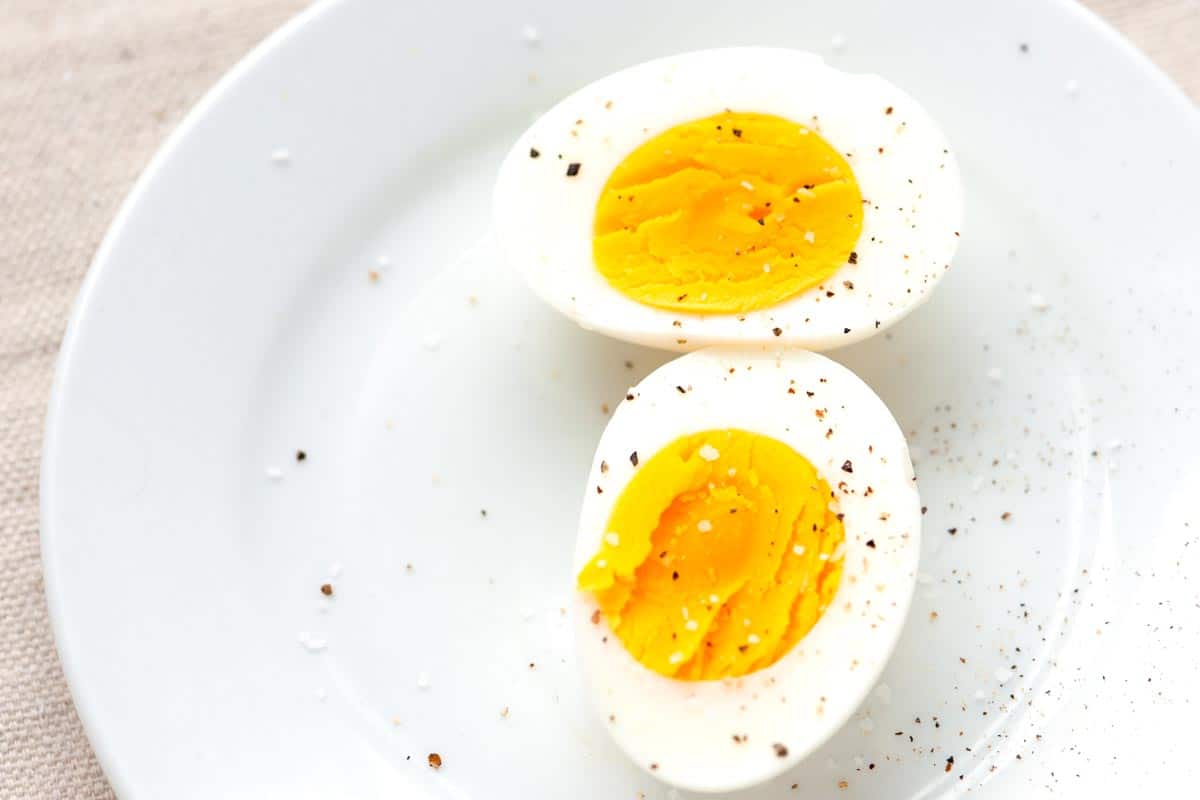
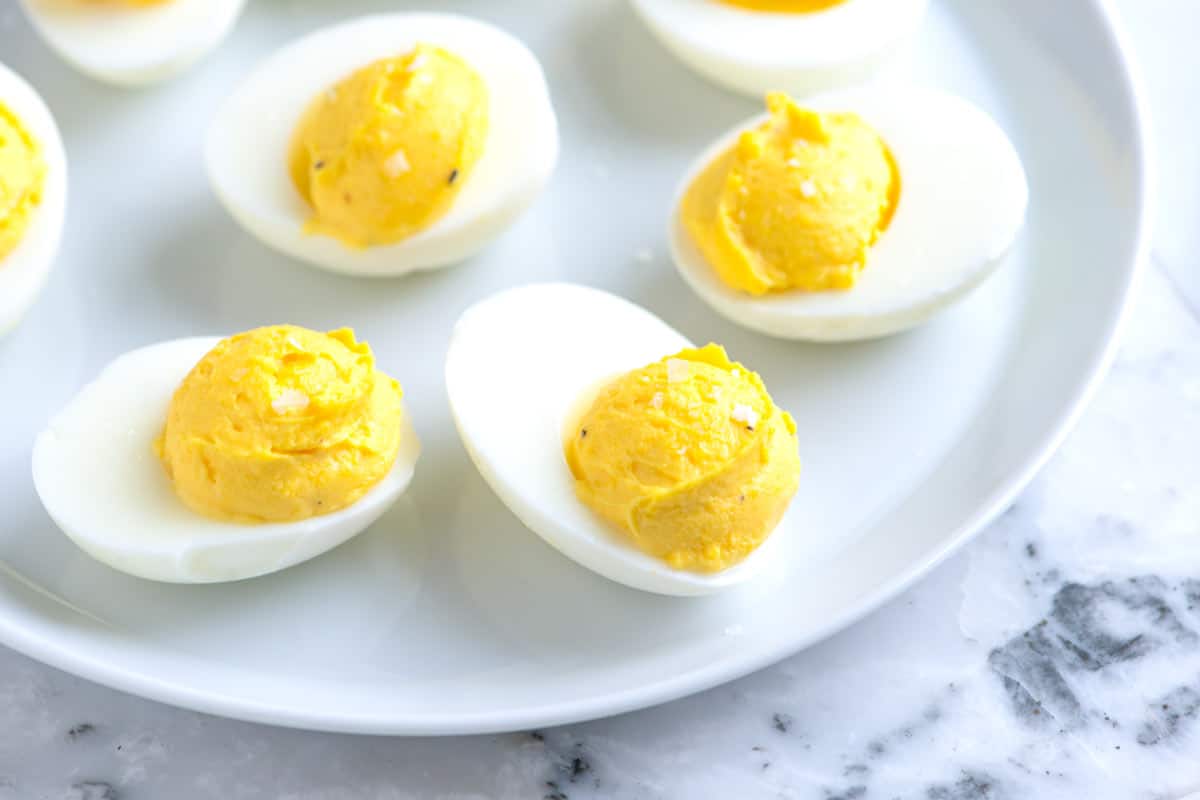
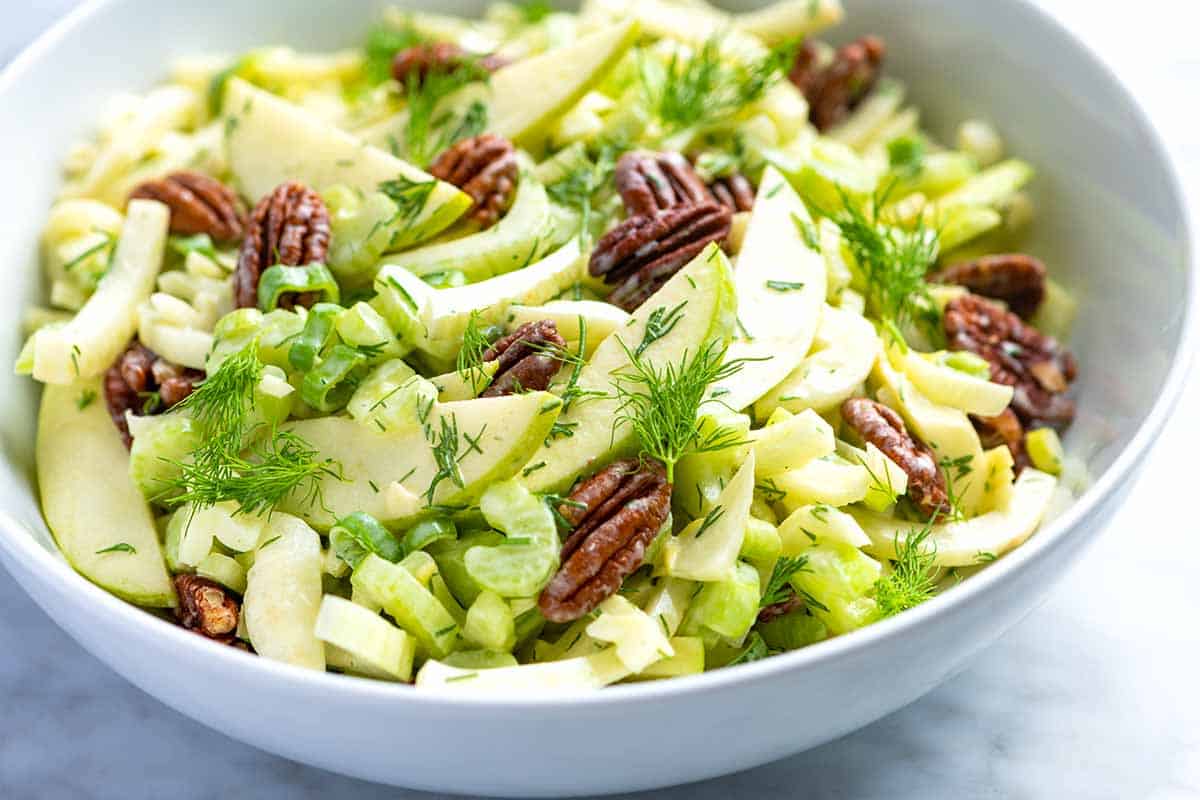



I used a Vitamix and it took awhile for the mixture to thicken, but it did eventually. Tastes great. Next time, I will double the recipe and I think having more volume will help.
I tried this recipe because I am sensitive to soy and almost all of commercial mayos have at least some soybean oil in them.
I ran out of mayo a made this really quick. Tastes better than store bought too.
Absolutely delicious, so easy to make. Love it.
I doubled the recipe and used canola oil with a cuisinart immersion blender and it turned out fantastic!!! No more store bought mayo for us!
I love this recipe. My mayonnaise didn’t get as thick. I didn’t care or notice until coming back to the site and looking at yours. The flavor is so great. I used it for coleslaw. I may try thickening it next time with more oil. My processor lid with the fitted attachment to keep splatter inside was perfect for letting the oil drip into the mix. Thank you! I’ll be back to try the homemade blue cheese dressing.
I made this mayo exactly as the recipe states. To slowly add the oil I put my oil into a squeeze bottle and added it drip by drip. It was delicious!
Absolutely love this recipe! It’s a keeper!!!
Yay! This recipe is fun to make 🙂
I DID IT!!! I used apple cider vinegar and half spicey brown/half Dijon mustard. It’s absolutely perfect. Every bit as good as “Dukes”. Lol. My husband was impressed.
Yay! We knew you could do it! 🙂
Finnaly found a mayo recipe that is better than store bought, thank you. Made mine with Bertolli extra light tasting olive oil (so it’s also extremely healthy). Also used pure white vinegar as I ran out of wine vinegar.
This is the most delicious mayo I have ever tested. What a great recipe! Thank you for sharing such a great recipe.
We are thrilled that you loved it! We love making this mayo 🙂
At the start of the processing I thought I had done something wrong but I just kept going, and evan after having the food processor cover me in little spittles of mayo juice, the texture and taste were perfect. So, I moved on to the egg salad recipe with homemade mayonnaise. Another winner for a novice. I enjoy and apprecieate your website. Thanks so much.
Love the commitment! Homemade mayo can be a bit messy, but it’s SO worth it when the flavor is spot on. Sounds like you’re nailing these recipes! Thanks for sharing and making my day.
Yep no more store bought mayo, the only reason they exist is to keep the public lazy and dependent in the kitchen, I added salt, white pepper and a flakey herb and garlic seasoning I had as well as lemon. Also did 1/3 each avo/light evoo/ canola. It was a great pre-breading, seasoned mayo for my airfryer cutlets and strips and a sauce for the chicken, tomato and lettuce tortilla wrap
I’m totally with you – homemade mayo is the way to go! Love the seasoning additions and your creative uses for it.
This worked perfectly!! However, my mayo was super thick when I still had 1/4 cup of oil to go, so I ended up using just 3/4 cup! Delicious:)
I finally got up the nerve to make my own homemade mayonnaise after reading the ingredients label on my national brand mayo… And it was so easy and the product was so beautiful I could not believe I made it! I made tuna salad and was so proud as I served it to my husband… Thank you so much for this easy and delicious recipe